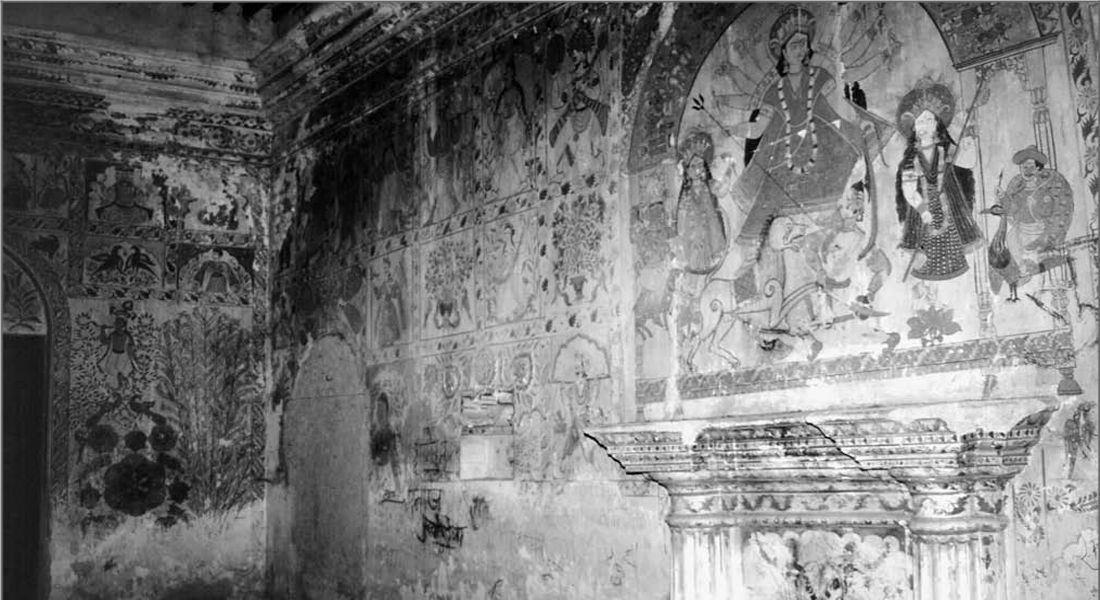Abstract
This article traces the documentation of ritual wall paintings by Maithil Brahmans and Kayasthas through the collecting practices of private individuals, libraries, and museums, the commercial practices of producing and marketing cultural products, and the interpreting practices of scholars and critics. These practices have come to focus on the output of a handful of celebrity artists in a few villages around Madhubani, gifted artists but not representative of the wide distribution of wall painting at all levels of the two castes. This paper turns to the oldest extant documentation—the 1940 photographs of William Archer and the previously undocumented 1919 paintings for the marriage of the daughter of Maharaja Rameshwar Singh—to demonstrate the importance and quality of wall paintings among all strata of Brahmans.
Full Version of The paper
Read PDF I View via Publisher

—
About The Author:
Carolyn Brown Heinz
Carolyn Brown Heinz is a Professor of Anthropology at California State University, Chico. She has worked in North Bihar since 1980 researching issues of hierarchy, kinship, ritual, and art among the Maithil Brahmans. Her most recent book is Asian Cultural Traditions (Waveland Press, 1999).
–
First published:23 May 2008 https://doi.org/10.1525/var.2006.22.2.5
Courtesy: Carolyn Brown Heinz
Citation:
Visual Anthropology Review, Vol. 22, Issue 2, pp. 5-33, ISSN 1053-7147, online ISSN 1548-7458.
© 2006 by the American Anthropological Association. All rights reserved. Please direct all requests for permissions to photocopy or reproduce article content through the University of California Press’s Rights and Permissions website, http://www.ucpressjournals.com/reprintInfo.asp. DOI: var.2006.22.2.5.
Other links:
भोजपुरी अंचल (पूर्वांचल) के कोहबर चित्र का वैशिष्टय
Documenting the Image in Mithila Art
Maithil Paintings: An Enquiry into Its Historiographical Trajectory (1947 -1997)
Madhubani Painting: A Historical Context
मिथिला चित्रकला का ‘लोक’ और उसकी प्रवृत्तियां
Disclaimer:
The opinions expressed within this article or in any link are the personal opinions of the author. The facts and opinions appearing in the article do not reflect the views of Folkartopedia and Folkartopedia does not assume any responsibility or liability for the same.
Folkartopedia welcomes your support, suggestions and feedback.
If you find any factual mistake, please report to us with a genuine correction. Thank you.
Tags: Carolyn Brown Heinz, David Szanton, Folk painting, Ganga Devi, Harijan painting, Jyotindra Jain, Mildred Archer, Mithila painting, Neel Rekha

